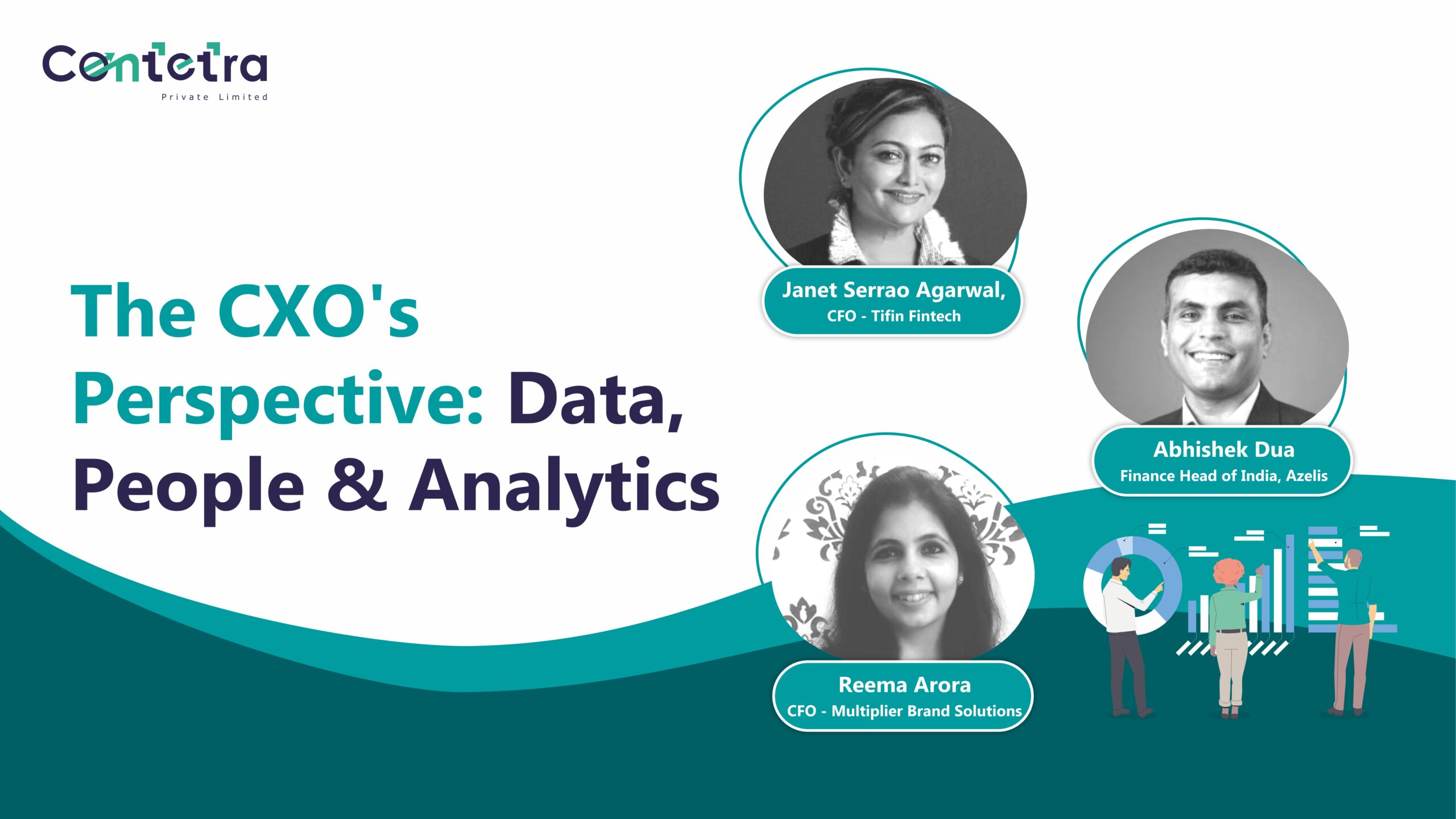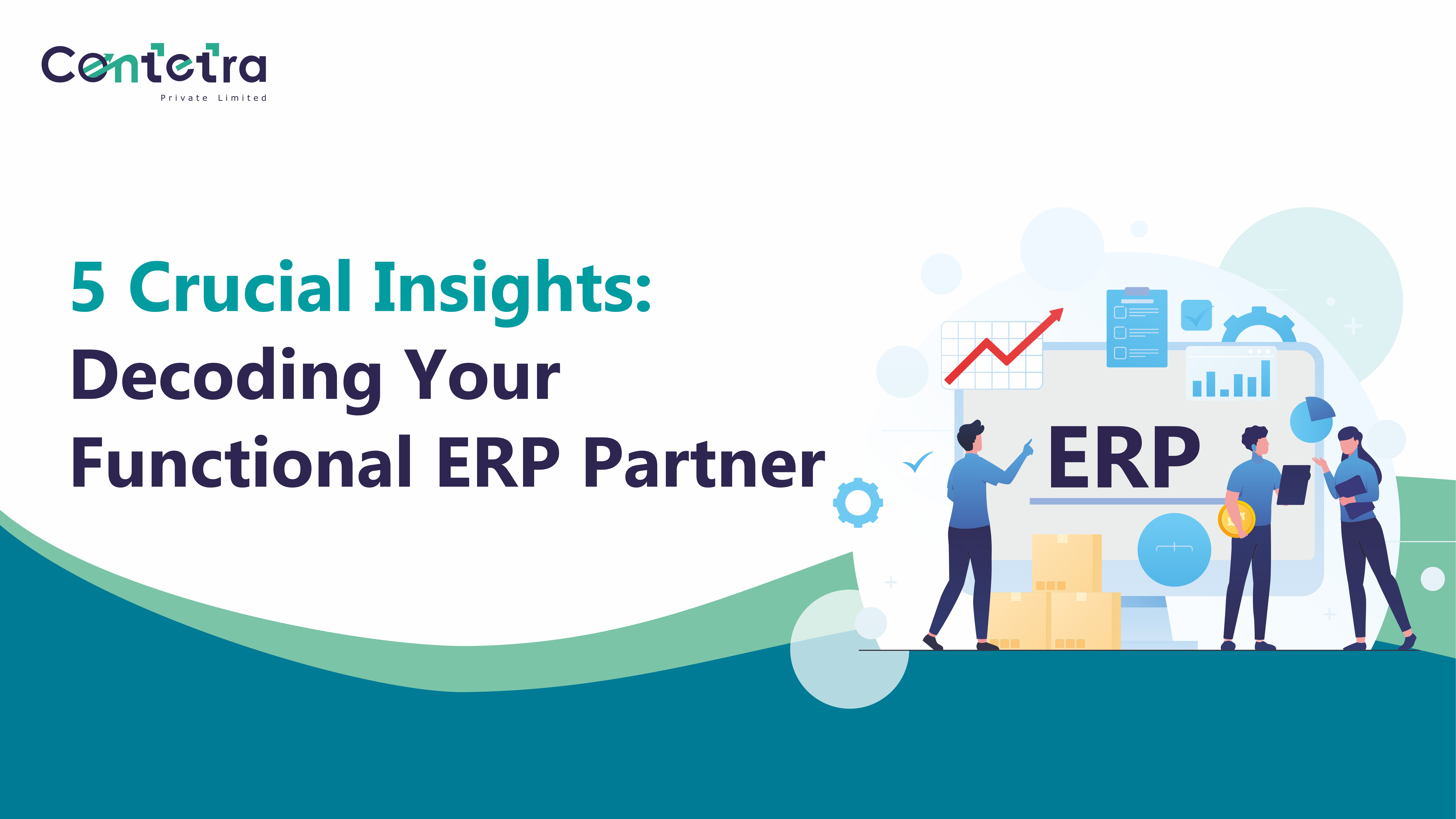You know what’s fascinating?
The way technological advancements are bringing together FP&A and tax accounting and financial accounting processes, which used to be so separate.
Both of these teams are responsible for aligning the organization’s strategic and financial goals, and that connection is crucial for making smart decisions.
I’m talking about reliable cash forecasts, scenario planning, and P&L analysis.
The thing is, there’s often a lack of collaboration between these two critical teams. And if we don’t find better ways to work together, both accountants and FP&A analysts will struggle with their reporting, planning, and forecasting tasks.
But with the Industrial Revolution 4.0!
It is more essential than ever for FP&A and the tax accounting and financial accounting teams to join forces with a collaborative mindset and leverage both functions simultaneously.
Divide dynamics: Accounting in FP&A
While there is a degree of overlap between the finance and accounting industries, a prevailing sentiment exists that accountants possess a solid grasp of finance, while not all finance professionals comprehend accounting principles.
Admittedly, both domains entail distinct skill sets and roles. Simplistically, accounting teams concentrate on past occurrences, whereas Financial Planning and Analysis (FP&A) leverages the insights furnished by accounting departments to project future scenarios.
However, different accounting types play different roles in enabling FP&A.
Tax Accounting in FP&A:
Tax accounting plays a critical role in FP&A by focusing on tax planning and research to minimize tax liabilities, which directly impact cash disbursements. Adopting a top-down planning approach allows FP&A professionals to strategize on reducing tax liabilities effectively.
Simultaneously, a bottom-up approach through tax research helps find innovative solutions using the internal revenue code to optimize tax planning. By considering the implications of tax liabilities on cash flow, tax accounting enables FP&A to enhance liquidity and solvency, thereby contributing to sound financial decision-making.
Managerial Accounting in FP&A:
Managerial accounting serves as a valuable communication tool for better organizational decision-making in FP&A. It encompasses three crucial elements: cost behavior, incremental analysis, and budgeting.
Understanding cost behavior aids FP&A in determining which costs are influenced by changes in volume, providing insights into cost management and forecasting. Incremental analysis is instrumental in evaluating the impact of various business decisions, such as expansion or reduction of operations.
However, budgeting takes center stage as the most significant aspect of managerial accounting for FP&A. Through budgeting, FP&A professionals can forecast and monitor financial performance, including sales, expenses, and working capital.
Variance analysis helps identify discrepancies between actual and expected results, while performance measurement assesses the efficacy of financial planning decisions. Embracing modern systems like Enterprise Performance Management (EPM) tools further automates and streamlines these vital FP&A tasks.
Financial Accounting in FP&A:
Financial accounting, essential for external reporting, involves identifying, recording, and communicating financial transactions to stakeholders outside the organisation. FP&A relies heavily on financial accounting to prepare income statements, balance sheets, and statements of cash flows, enabling a comprehensive understanding of the organisation’s financial health.
These financial statements play a pivotal role in FP&A’s analysis and forecasting activities, providing critical insights into performance, profitability, liquidity, and financial position. By ensuring accurate and transparent financial reporting, financial accounting forms the foundation for sound decision-making within FP&A, fostering trust and confidence among external stakeholders.
Fostering FP&A-accounting synergy
In many organizations, the FP&A and accounting teams face challenges in their collaboration, leading to discrepancies in projections and operational efficiency. The root cause of these issues is often the existence of silos between the two teams, with different working styles and tools, hindering seamless communication and hindering their success.
To address these challenges, the next generation of finance and accounting teams should focus on promoting more efficient collaboration and real-time analysis.
Here’s how they can achieve this:
Streamlining data requests and finding autonomy
Traditionally, data requests are made over email or team collaboration software, which can easily get lost in email threads. Instead, adopting integrated business planning software can serve as a single source of truth, breaking down silos and aligning finance and accounting departments. This platform enables stakeholders to understand and access critical data easily, leading to more informed decision-making.
Implementing financial planning and forecasting tools that integrate with the existing tech stack and automate data syncing can reduce the time spent on data imports and exports. Data standardization ensures that both accounting and FP&A teams are working with accurate and consistent information, leading to more precise forecasts.
Strengthening reporting to different stakeholders
Investing in the accounting staff’s capacity to gather, validate, and clean data at the point of entry can significantly improve efficiency. By proactively addressing data-quality issues, the FP&A team can focus on providing valuable insights, performance analysis, and planning capabilities to support dynamic decision-making by organizational leaders.
Through financial statements like income statements, balance sheets, and cash flow statements, accounting offers a transparent view of a company’s financial health. These reports offer valuable insights into revenues, expenses, assets, liabilities, and cash flows, which are essential for informed financial decision-making in FP&A. Without tax accounting and financial accounting, organisations would lack the necessary foundation to develop viable financial strategies.
Enabling data-driven decision making
FP&A heavily relies on data-driven decision-making to formulate effective financial plans and budgets. Financial accounting facilitates the collection and organization of financial data, ensuring its accuracy and reliability. FP&A professionals use this data to perform various analyses, such as cost behavior analysis, profitability analysis, and variance analysis. These analyses empower organizations to identify trends, forecast future performance, and optimize resource allocation.
Supporting budgeting & forecasting
Budgeting is a critical aspect of FP&A, and accounting plays a pivotal role in this process. Accountants assist in setting realistic financial targets based on historical data and future projections. By leveraging financial accounting information, FP&A professionals can create detailed budgets that align with the organization’s strategic goals. Regularly comparing actual results to budgeted figures allows for timely adjustments and course corrections, enhancing financial performance.
Mitigating risks & enhancing compliance
Accounting plays a crucial role in risk management and compliance within FP&A. By maintaining accurate records and adhering to accounting principles and regulations, organizations can ensure transparency and accountability. Accountants assist in identifying financial risks, such as cash flow fluctuations, credit risks, and market uncertainties. With this information, FP&A professionals can develop contingency plans and mitigate potential threats to the organization’s financial stability.
Enabling performance measurement & reporting
Accounting allows FP&A professionals to measure the success of financial strategies and decisions through performance measurement. Key performance indicators (KPIs) derived from financial data help monitor progress towards goals and evaluate the effectiveness of various initiatives. Accurate financial reporting, driven by accounting, ensures that stakeholders receive transparent and timely information about the organization’s financial performance.
By bridging the gap between FP&A and accounting (among others – tax accounting and financial accounting) teams through enhanced collaboration, data standardization, and better reporting practices, organizations can achieve more accurate forecasts and improved operational efficiency. This approach empowers both teams to work harmoniously, leading to a more successful and cohesive financial management process overall.
We hope you found this to be an insightful read! Stay in the loop on all #internationalGAAP #IFRS #BusinessFinance #FPA #FinanceStrategy and follow me on LinkedIn for more!














